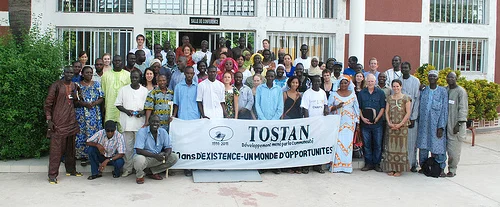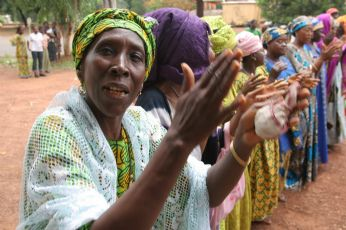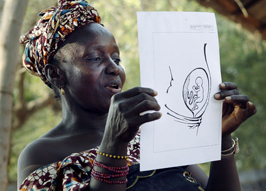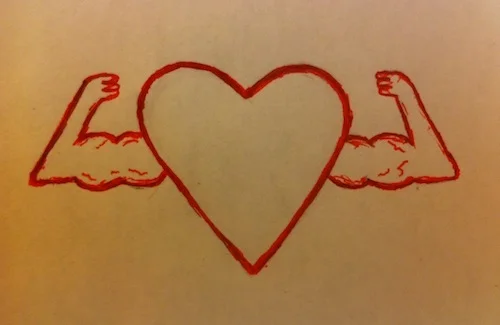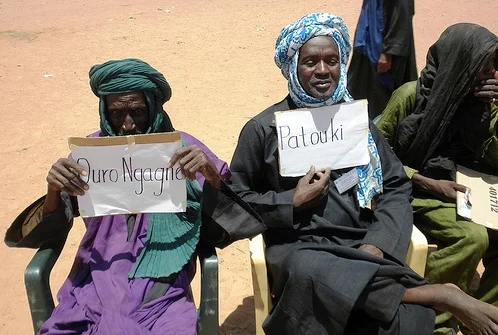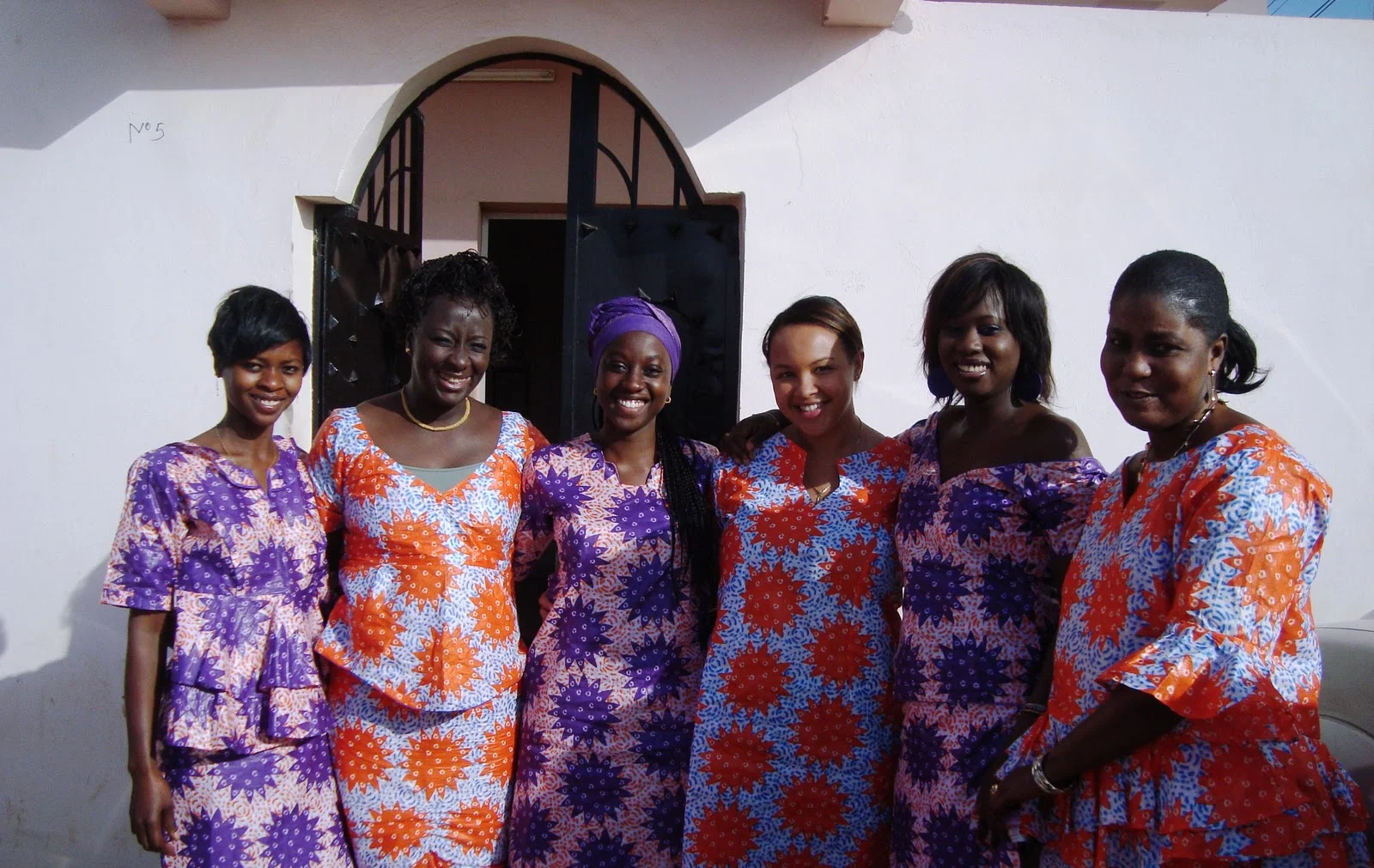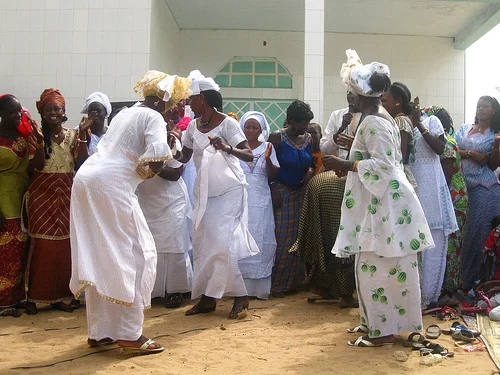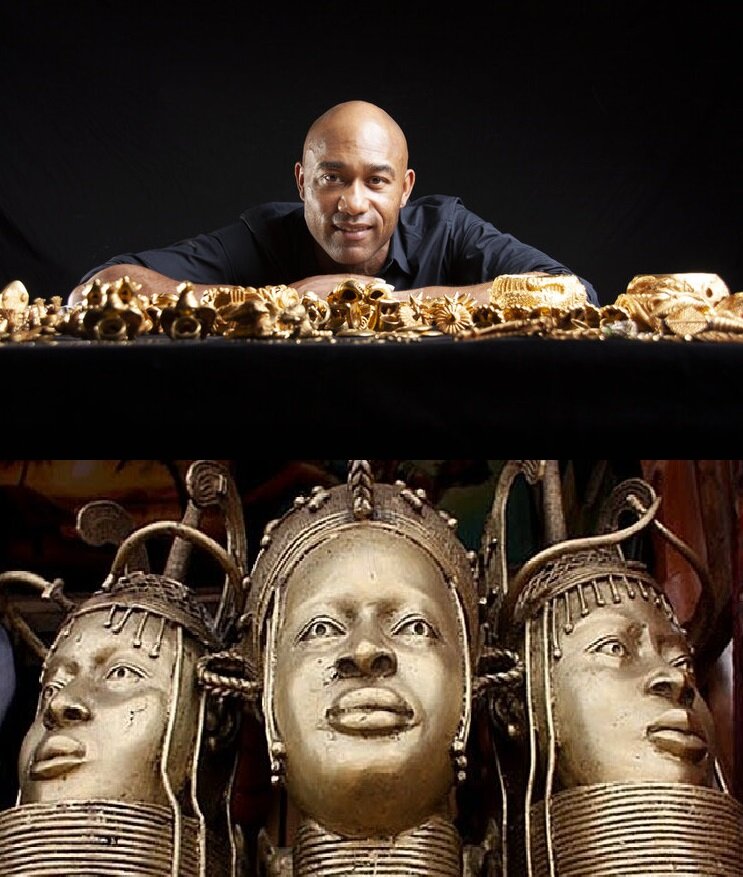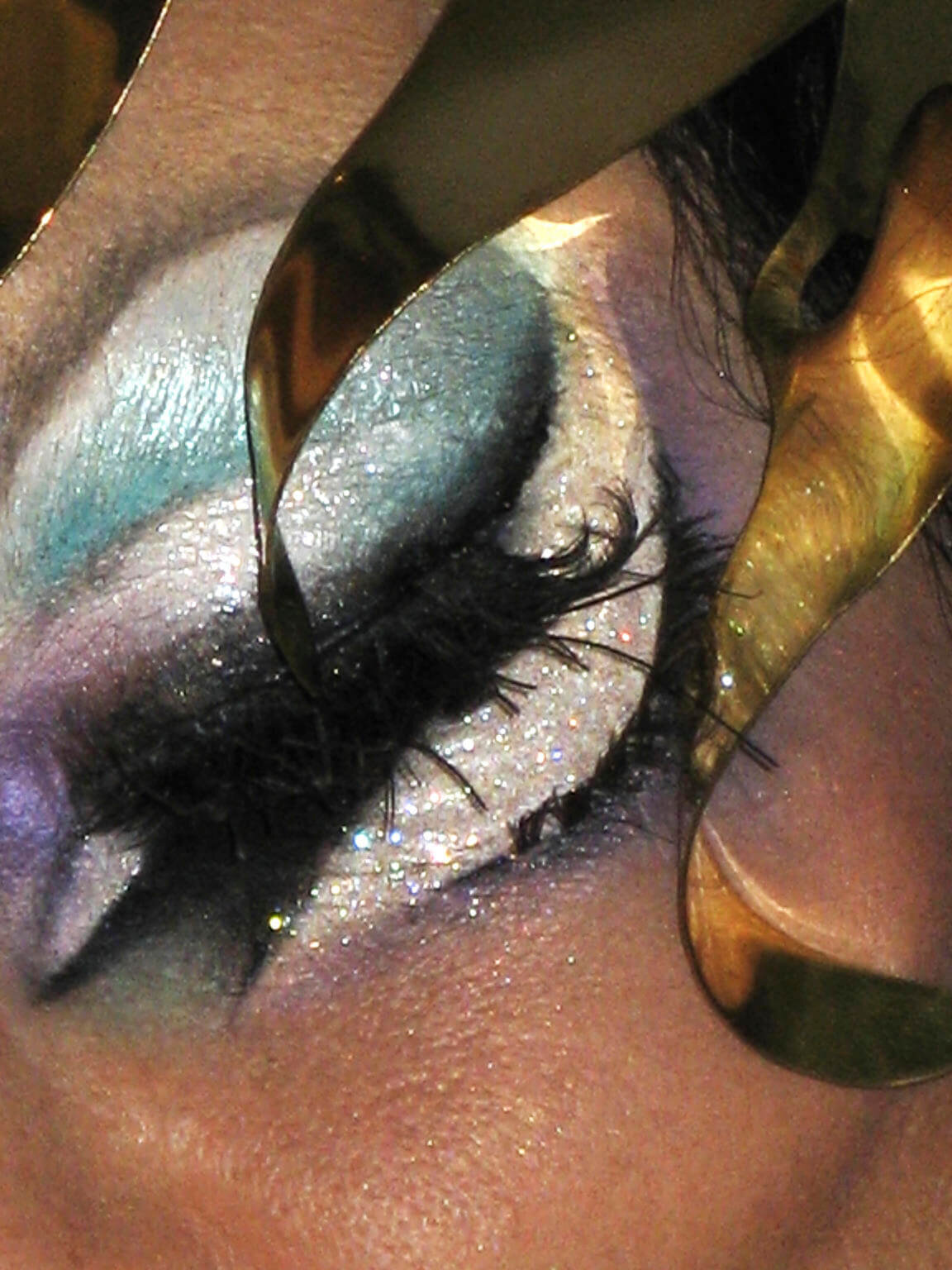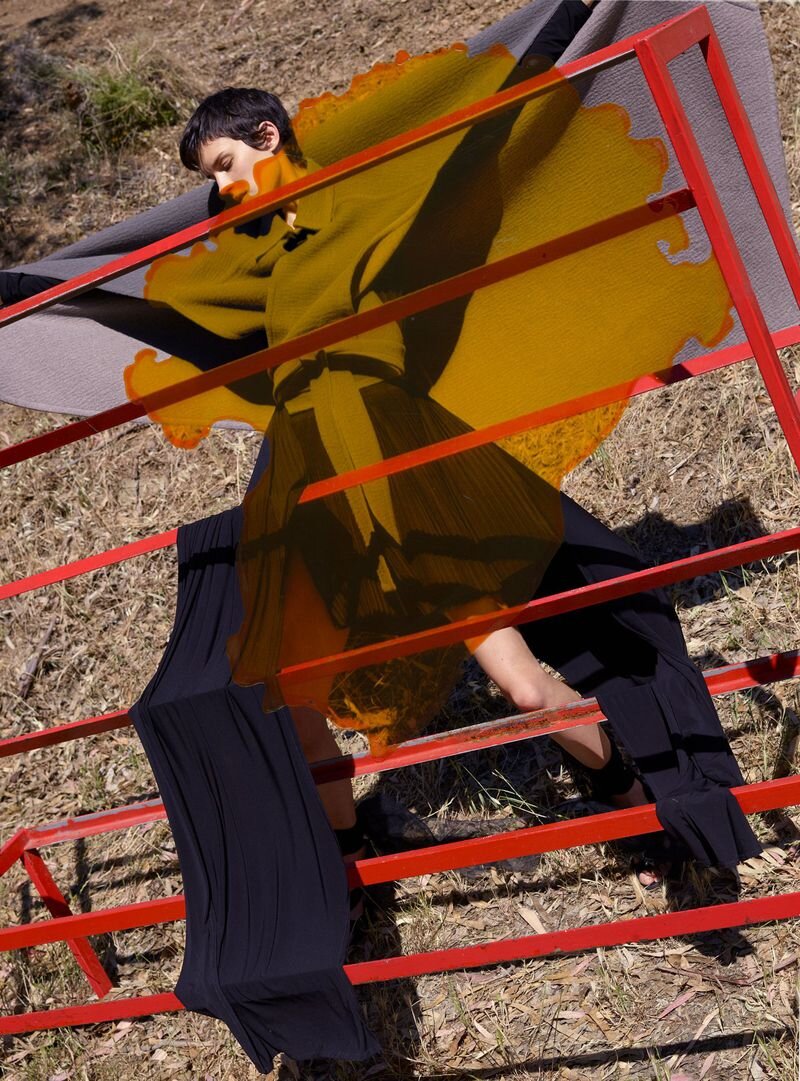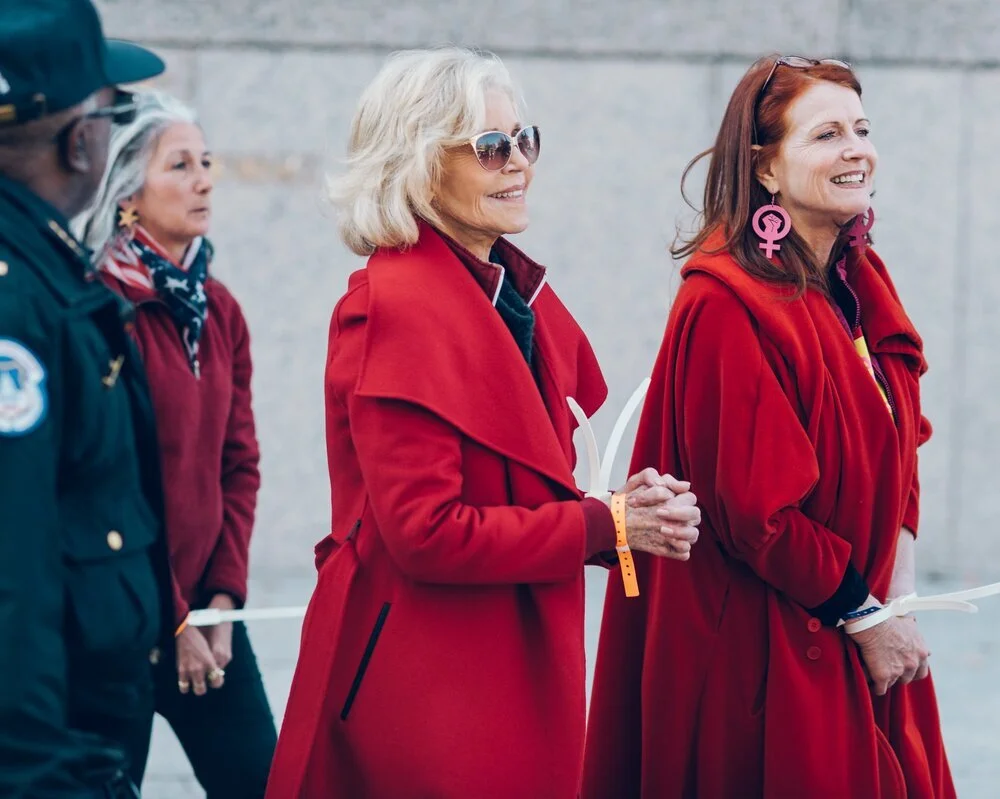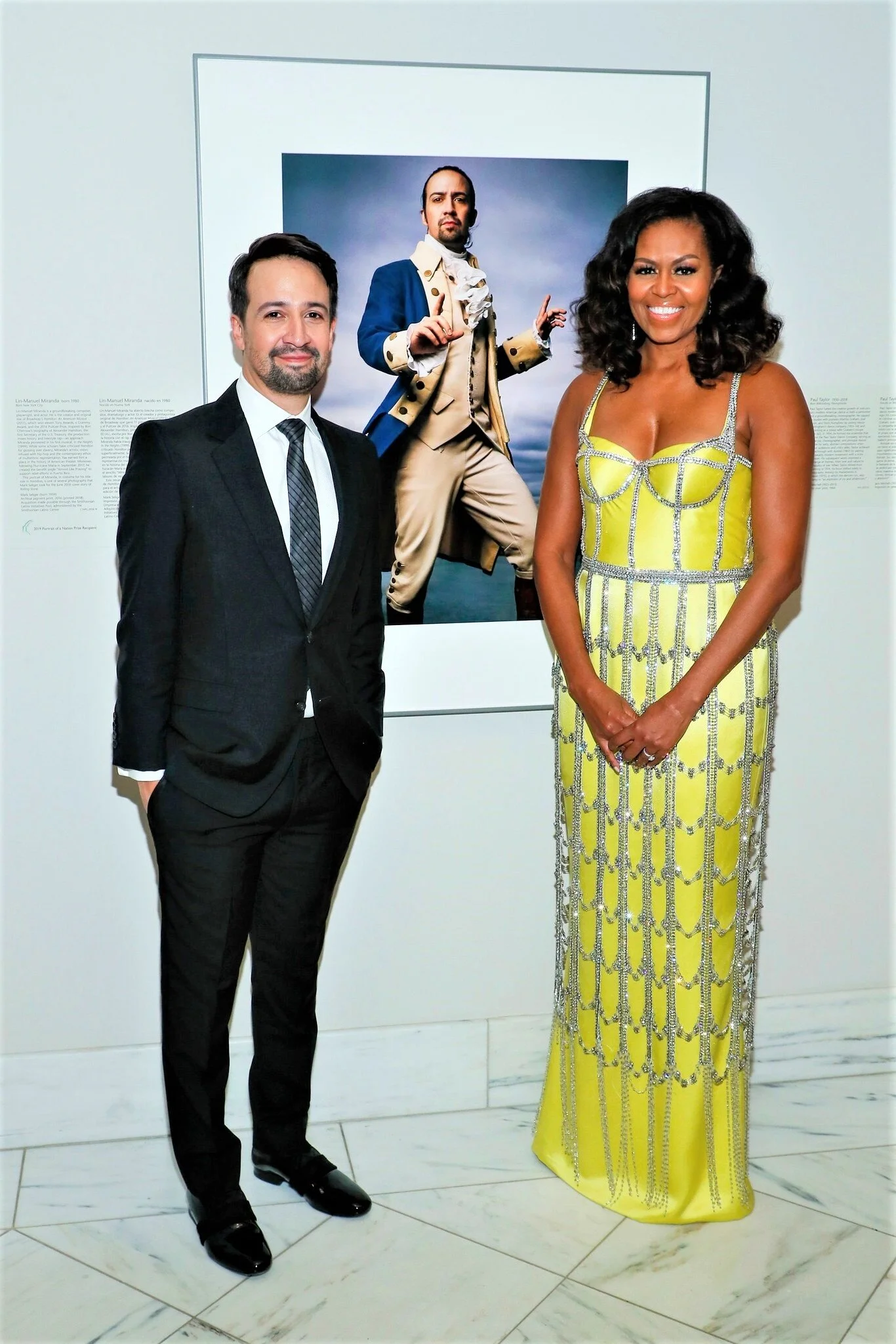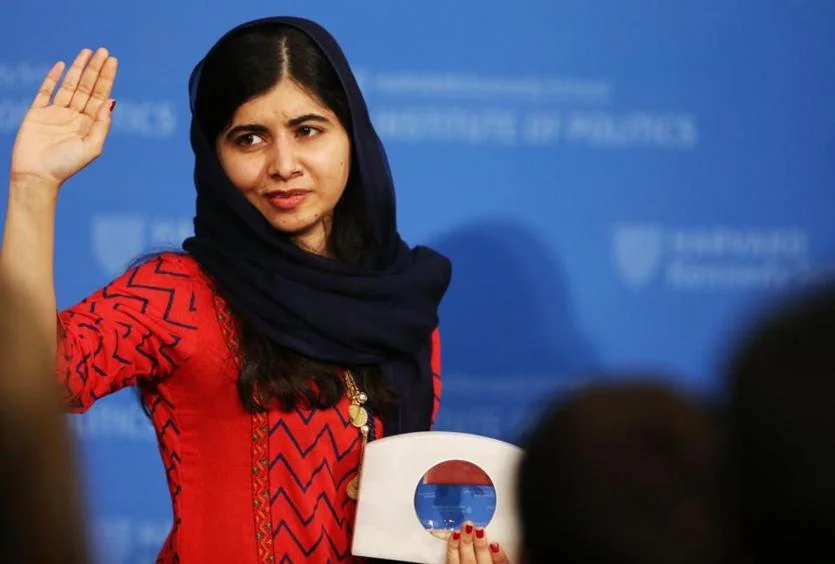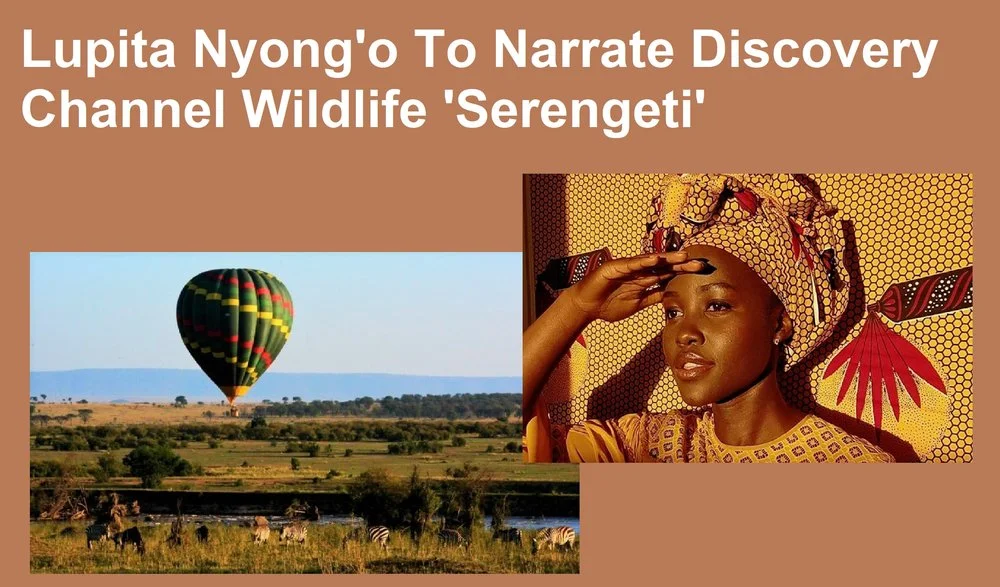Tostan l Breakthrough l Empowering Women For 20 Years
/Tostan team members outside of the CCDD Training Center in Thies, SenegalIt has been 20 years since Tostan, the Non-Government Organization (NGO) began work in Senegal, Africa, building ‘Community-led Development’ primarily through health education with a heavy emphasis on female genital cutting (FGC) which will be the main focus of the post.
While American women watch their reproductive rights being attacked and eroded - the U.S. House of Representatives passed HR385 last Saturday adding insult to injury of other offenses and set backs to women’s and human rights that have been bogging down our political system since the last election period - it is a pleasure to see a program that speaks to subjects such as female genital cutting (FGC) with grace, respect and real results.
FGC is a heavy subject with engrained cultural beliefs driving its perpetuation. The Tostan story also has components of hope, beauty, and community spirit in shared human rights compassions. Watch related video at end of post.
Tostan addresses the issue of FGC along with child/forced marriages, family planning (child spacing), and education in other areas of women’s health and human rights empowerment for African communities with greater success than government sponsored initiatives because it addresses the need for collective reasoning inclusive of all members of a village with the committment to continue to inform and educate their neighbors. The educational program must include women, children, men and top level elders, who are most often the village Imans, Islamic worship leaders.
A Compassionate History l Culture and The Tostan Initiative
Tostan, in Sengali’s dominant West African Wolof language, translates to ‘breakthrough’ and the non-profit, founded in 1991 by Molly Melching has indeed been a breakthrough project.
In her young adulthood Molly went to Sengali as a foreign exchange student and stayed on as a Peace Corps volunteer working in a remote village to educate and empower women.
The strength of these women, the impact of the knowledge regarding their health and how the FGC affected the women’s lives encouraged them to take a stand on the issue.
The problem, however, was bigger than the women’s health, life affectation and desires. It was deeply rooted in the culture. The practice of FGC was directly connected to parental concerns, community acceptance and ability to marry well.
An ‘uncut’ woman was considered not pure, unclean – even food and water would not be accepted from or shared with the uncut woman by others in the village, let alone that she would never be offered the possibility for marriage.
Because intermarriage with nearby villages is very common in West African culture, to be uncut was to be ostracized from all village life, a social death, an unbearable future with nowhere to escape your fate.
Tostan Teaches Reproductive Health l Women’s Stories
Molly Melching’s health education program began to grow. The now 30-month program includes information on the practice of FGC providing reasons why women are having difficulty with everything from urination and menstrual flow to childbirth hemorrhaging.
Learning about their reproductive health empowered the women of one village to give up the taboo surrounding speaking about their losses and pain in fear of angry spirits, witchcraft and being cast aside. For the first time the women had a permissive outlet for telling their stories. They talked about the deaths of daughters, sisters, mothers, childhoohd friends, the physical and emotional pains they endured. They vowed to end the practice by refusing to have their daughters participate in the rituals.
They told stories of the girls ages 2-12 (sometimes infants) taken out at dawn and placed on sacred rocks or under a sacred tree with four women to hold onto each limb and a paid ‘cutter’ to do the deed. They did this away from the men so that the screams were not heard. Often this was done to several girls at a time. Often reluctant mothers were not told before their daughters were taken to be cut. Often the knife blades were “too dull to cut okra.” The procedures were considered as rites of passage into purity.
Learning About FGC l World Health Organization Classifications
I have heard people comment that FCG is the same as male circumcision. The majority of FGC cases have severe outcomes and consequences. With the help of the World Health Organization (WHO) and some quick anatomy lessons I will do my best to educate you. The following descriptions are graphic and mental images could be gutwrenching. If you are faint of heart you may consider skipping to the next heading.
strong-heart
WHO has classified FGC for study purposes on maternal health, infant mortality and more. Please note that WHO uses use the term Female Genital Mutilation (FGM)
No FGM: no evidence of any genita mutilation
FGM I: excision of the prepuce, with or without excision of part or all of the clitoris
FGM II: excision of the clitoris with partial or total removal of the labia minora
FGM III: excision of part or all of the external genitalia and stitching or narrowing of the vaginal opening (infibulation)
Only in a case of FGM I without excision of any part of the clitoris can FGC barely compare with a male circumcision.
The prepuce on a female, also called the clitoral hood, is akin to the foreskin on a male penis. It allows for protection to sensitivities of the clitoris and also lends itself to production of lubrication called sebrum. If the clitoral hood is retracted (this can occur naturally) or removed as in FGM, it is likely a woman will experience pain instead of pleasure as the clitoral glans are directly stimulated.
The clitoris itself can be equated to the head of the penis on a male so think about the excision or mutilation of the clitoris in the terms of whacking off the head or tip of a man’s penis. ‘Nuff said?
Now imagine the worst case scenario of FGM III – after the mutilation, the genita of the girls subjected to this practice are stitched (sometimes with thorns) to as small as the circumference of a pencil. It can then take the girl/woman 20 minutes or longer for urine to drip out; similarly so for menstruation, leading to clotting complications. Infections become common and deadly.
At the time of marriage a girl must be uncut to allow for intercourse, which will likely be forever painful. Childbirth can lead to severe complications for both mother and child.
Dr. Nick Alipui, Director of Programs, UNICEF, said he only once experienced the ritual and it wasn’t something anyone would ever want to see a second time. Yet within the old cultural norms, women have been experiencing the rites and the consequences over and over, within their familes and communities.
Trouble and Prominent Forces of Understanding
Soon after the women of the first village declared they were abandoning the ritual cutting practices, elder and Iman, Demba Diawara approached Molly with the news that the Tostan program was beginning to cause trouble.
Neighboring villages were stirred up. Even with desire and incentive to stop the practice it was women who were still the most resistant to give up the custom of FGC. The futures of girls, if they survived, depended on the endurance of ritual cutting.
Demba suggested that the way to change had to be all inclusive and come from within. He suggested travelling to the neighboring villages and volunteered himself to advocate for the abandonment of FGC with clarity and sensitivity to those reluctant to move away from the practice and offer the promise of education through the Tostan initiative.
Meanwhile, at the University of California, San Diego, Associate Professor Gerry Mackie, read about Molly’s work and mailed her a copy of a 1996 article he had written with a very similar solution to that of the Iman Demba.
The journal paper was about the history and approach to the custom of foot-binding in China. In a single generation the centuries old practice was ended by a collective pledge in the community – parents agreed to not bind the feet of their daughters while additionally not allowing sons to marry women who had bound feet.
Molly Melching, Demba Diawar and Gerry Mackie have worked together since. Demba has traveled hundreds of miles to neighboring tribes and been instrumental to the program. “Today, we can say we know more than our ancestors. The world does not stand still. It is forever evolving.”
Extending The Reach Of Tostan l Improving Lives One Village At A Time
Now, just as the women had each other to talk to, men are talking to other men and more initiatives are being taken by men in the area of women’s health. Tostan education has led to better understanding of child spacing and the use of contraceptives is now a topic of conversation for men who want their wives to be well.
Imams are speaking for the first time in the mosques that “cut and uncut women are the same…there is no difference.” They speak of solidarity and that “being pure has nothing to do with this tradition.” These words are the declarations of a village to abandon cutting and dedications to the health and equality of all women.
Ranérou, Senegal Declaration, 5 June 2011, Village chiefs
In 2008, Diégoune, a village in the Casamance region of Southern Senegal, made the collective decision to abandon FGC. Ismaila Coly, the village chief, addresses the village, “We adopted the practice without understanding it… Today our women are cut but our grandmothers were not. I want all of you here to know that this is not your fault. Our women who are old now are victims. Thanks to education we have learned many important things. We have stopped forever, go in peace.”
And the women sing. All over the women sing.
“The naicai (female genital cutting) is not recommended by Christianity The naicai is not recommended by Islam The naicai is not prescribed by the Bible The naicai is not prescribed by the Koran My fahter was mistaken to have me cut My mother was mistaken to have me cut My grandmother was mistaken to have me cut”
Tostan now reports a successful presence in 9 countries and teaches community-led building in 22 African languages.
Tostan staff at Intl Women’s Day Prison Project event
Along with the abandonment of FGC communities have seen reduction or elimination of spousal abuse and divorce, child abuse and neglect, malnutrition, along with the management of micro-loans and development and other enhancements of economic resources. Not by-products of the program, the changes are real, measured results.
“Village by village, this world’s going to be a different place.” - Jim Greenbaum, Philanthropist, James R. Greenbaum, Jr. Family Foundation
“Let’s change together and make this a different world.” - Molly Melching
And the women sing, “Oh mother. They will take me, And diminish me. Cutting diminishes the woman. Do not take my daughter. Cutting diminishes the woman. Do not take my daughter.”
Women from Saam Ndiaye sing and dance to welcome visitors to their village.
In America, with our leadership divided and voices lifted into the air, from the streets to the mainsteam meadia, it often feels as if we have lost track of who we are. We could use some inclusive insights, some discovering from within. We could use a collective hearfelt soul dancing to the drumming of humen rights advances. Families and communities have become no more than district maps to much of our leadership. We could benefit from some Tostan magic. “Let us unite and decide!” - Tostan women’s rally call.
In early 2008, the community of Diégoune in the Casamance region of Southern Senegal made the collective decision to promote the health of their children and abandon the practice of female genital cutting (FGC).
‘Walking the Path of Unity’ was produced by the community of Diégoune in collaboration with NGOs Tostan and (Belgium) to share the news of their decision with Diola communities in Casamance, Senegal, and Worldwide. ‘Walking the Path of Unity’ has been selected for the UNICEF International Children’s Rights Documentary Film Festival, held in November 2009 to celebrate the 20th Anniversary of the Convention on the Rights of the Child. - See more about the film at http://www.tostan.org/web/page/869/sectionid/547/pagelevel/3/interior.asp
Tostan has been the recipient of many honors and humanitarian awards and is a four-star charity according to Charity Navigator which helps American donors evaluate their generous monetary gifting
Tostan Blog: http://tostan.blogspot.com/
Aid For Africa: http://www.aidforafrica.org/about-us/
Unicef: http://www.unicef.org/
America’s Unofficial Ambassadors http://unofficialambassadors.com/
Anne first wrote about Tostan and Mollly Melching in 2009 and AOC will continue to watch and inform of the great strides being made by the initiative and the African diaspora responsible for peacefully and respectfully working on this grand mission. Happy 20th Anniversary, Tostan! We strong-heart you!
by Lisa Catherine Brown
